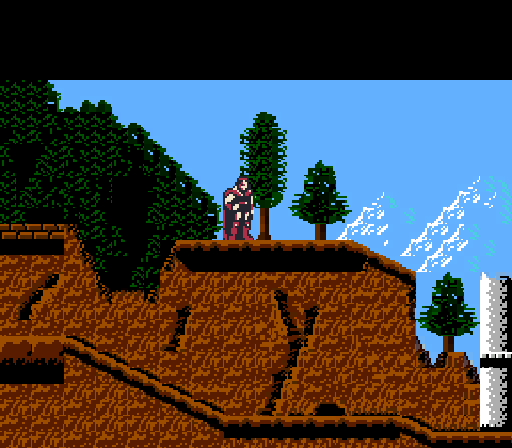Hello everyone!
I am creating a game in Unity game engine. One of my goals is to make the game look like a genuine NES game. I know most of the limitations, but there are things that confuses me.
-I am considering to replicate sprite flickering. So I can create my sprites divided into 8x16 tiles (because that's my choice). How can I make it flicker? When do I have to disable the sprite renderer on my objects? What's the "most realistic" way to do it? How should I detect the number of sprites in a scanline? OK, what would be the best way to simulate scanlines (not visually but for the flicker's purpose)?
-What is the exact limit for tiles loaded at a time and stored in a ROM in overall? I don't want to create unrealistically too much for my game. Any memory mappers that extended their number?
-Can I assign other palette to a sprite / background? Or I can just change their current palettes' colour?
Current progress (using a modified Castlevania III sprite as a character placeholder (it won't be a Castlevania game though))

A screenshot with HUD:

Suddenly that's all comes into my mind.
I am creating a game in Unity game engine. One of my goals is to make the game look like a genuine NES game. I know most of the limitations, but there are things that confuses me.
-I am considering to replicate sprite flickering. So I can create my sprites divided into 8x16 tiles (because that's my choice). How can I make it flicker? When do I have to disable the sprite renderer on my objects? What's the "most realistic" way to do it? How should I detect the number of sprites in a scanline? OK, what would be the best way to simulate scanlines (not visually but for the flicker's purpose)?
-What is the exact limit for tiles loaded at a time and stored in a ROM in overall? I don't want to create unrealistically too much for my game. Any memory mappers that extended their number?
-Can I assign other palette to a sprite / background? Or I can just change their current palettes' colour?
Current progress (using a modified Castlevania III sprite as a character placeholder (it won't be a Castlevania game though))

A screenshot with HUD:

Suddenly that's all comes into my mind.